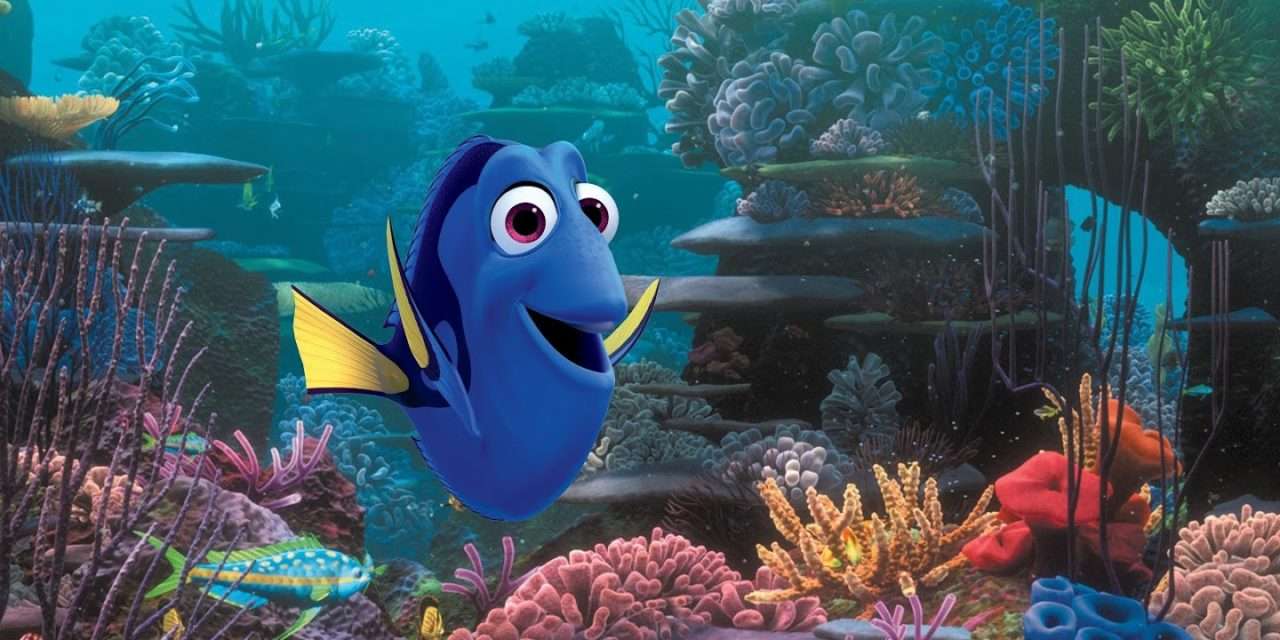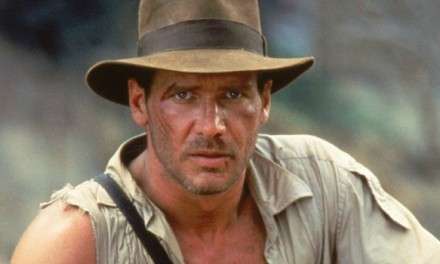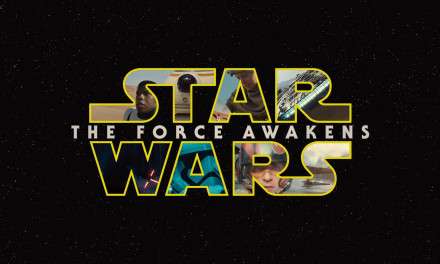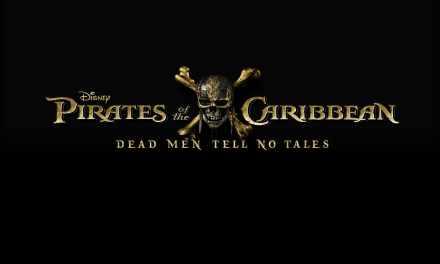It’s been 13 years since Disney•Pixar’s Finding Nemo hit theaters. So when it came time to create Finding Dory, the film’s production crew faced a curious challenge: how to take advantage of the technological advancements that have been made in animation since 2003, while still preserving the look and feel of the blockbuster original film. The sequel debuted at No. 1 at the domestic box office this past weekend, earning $135.1 million and now stands as the biggest animated opening of all time and the second-largest June opening of all time.
The technology behind the films continues to amaze Ellen DeGeneres, the voice of Dory. “I thought that Finding Nemo looked incredible; the water and the way they made everything look,” she says. “But this is beyond.”
John Halstead, Finding Dory’s supervising technical director, points to one constant that can be found in both productions—the Disney•Pixar team continued to look for tools that allowed them to extend their creative reach and work more efficiently. “Dory is a special case,” he shares, “because we made three major technology leaps at once.”

The first was adopting RIS, the next-generation RenderMan that is Pixar’s proprietary, core system to render animation and visual effects. This enhancement helped simulate the way light behaves in the real world more accurately than ever before. “Complicated effects like indirect lighting, reflection and refraction not only look more sophisticated, but they’re also handled automatically by the renderer.” Halstead explains. “This means our artists do less technical heavy lifting and can focus on the more creative aspects of their work.”
Alongside updating its shading and lighting program, the team also invented a system called “Universal Scene Description (USD)” to replace its previous, proprietary scene description format. By doing so, animators can now use models and shots over and over again, without having to re-create assets for different animation and editing programs. This new method essentially centralized and streamlined the filmmaking process for the whole crew. “We plan for USD to be an industry standard that will allow better interoperability between all of our in-house and commercial tools,” Halstead shares. “Additionally, USD is incredibly well-engineered and stable, supporting more complexity in our scenes than we’ve ever had before.”

With all of this in mind, how did the Finding Dory team actually keep the look and feel of the film familiar with all of the updated technology behind the scenes? Halstead credits the close attention to detail that was paid throughout the production pipeline, starting from the Art department, all the way to Lighting and beyond.
“The set design for the reef uses many of the same forms and color palette that we’re already familiar with from the first movie. You’ll recognize cats paw corals, vases, tabletops, sea fans, and grass from Nemo,” he says. But enhancements like complex lighting and more detailed flora and fauna in the background make Dory a little more aesthetically sophisticated than its predecessor. Halstead mentions, “How we create these effects has changed, but they’re the same concepts as in the first film.”

One character that directly benefited from these technological advancements was Hank, a cantankerous “septopus” that calls the Marine Life Institute home—specifically his seven tentacles. “Humans have arms with clearly defined elbows and a limited range of motion. But Hank’s arms—along with the rest of his body—are incredibly flexible,” Halstead details. “The computer likes well-defined rules, so building flexibility like this is really difficult. The arm rig that we developed for Hank allowed our animators to capture that movement that our directors were specifically looking for, without the process being incredibly taxing for them.”
But what about one of the most important visual elements in the film—the water? Halstead thanks the addition of RIS for this go-round, as developing the look of the sea, and even glass, was an easier task. “On Nemo, we had a six-month project with four people dedicated to figuring out how to render just one fish tank in the dentist’s office,” Halstead shares. “Now, we can model these tanks to be any shape and size, fill them with water, dress them anywhere in the set, and RenderMan figures out how to render it all.”
Although advanced technology may have opened many new doors throughout production, the effort to add another heartfelt chapter to the Finding Nemo story was as important as ever. “The goal for technology at the studio remains the same,” Halstead says about Pixar embracing new technology to continue making each of its film more lifelike and realistic than the last. “We want to give our artists the best possible tools so that we continue to can tell great stories.”





